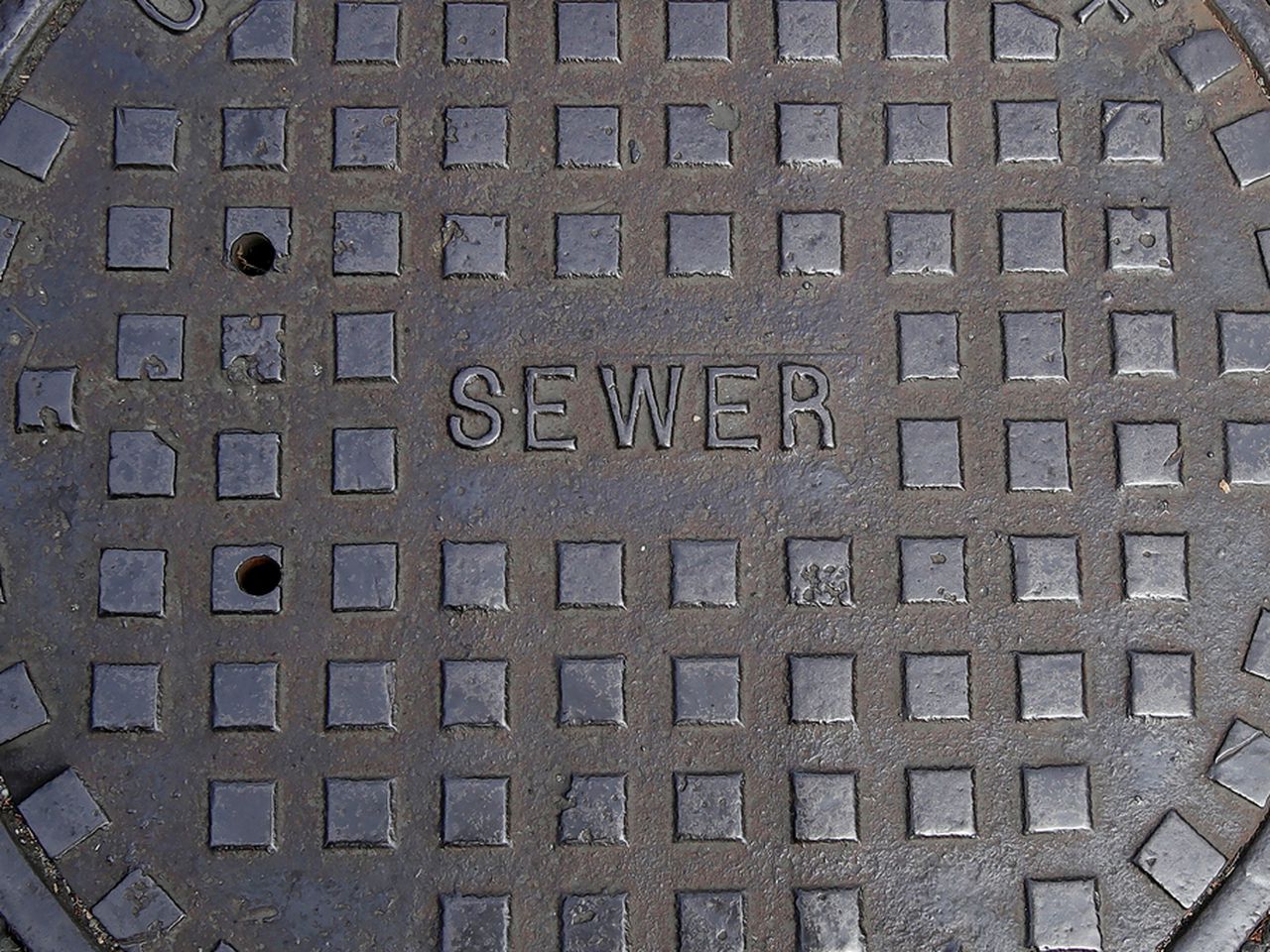Jefferson County bankruptcy bites again: sewer bills will increase 3.5% in 2023
Jefferson County residents will see a 3.49% increase in their sewer bills next year and can anticipate a similar increase every year until the county is out of debt.
County commissioner Sheila Tyson said her customers have already called her with concerns over sewer bills that are higher than normal this year in addition to the multiple complaints she has received about similar issues with water bills.
Tyson’s constituents are not the only people concerned about their water bill. Birmingham Water Works (BWWB) customers across the metro area have reported missing bills, multiple bills and overestimated bills for nearly a year.
It is now apparent customers of the sewer system and BWWB may be able to attribute their higher-than-normal bills to the same readings.
According to Jefferson County Director of Environmental Services David Denard, Jefferson County Sewer System bills are based on water volume readings that local water utilities collect for the system in return for a percentage of the sewer rates.
These readings are the same ones used to calculate water bills for the utility and when customers in the area receive their bills, sewer charges as well as the bill from their water utility are shown.
BWWB previously stated that due to meter reader shortages, some people have been receiving estimated bills starting in the fall of last year which Denard said would also mean sewer customers have been receiving estimated bills.
Sewer rates have seen an increase in Jefferson County each year in accordance with the county’s 2013 bankruptcy agreement following the largest and most expensive municipal bankruptcy in American history in November 2011.
“The county cited $4.23 billion in debt, including $3.14 billion in sewer debt, and hundreds of millions of dollars owed on general obligation and school warrant debt, when filing for bankruptcy Nov. 9, 2011,” wrote former Birmingham News reporter Barnett Wright in 2013.
In the bankruptcy agreement signed by Jefferson County and U.S. Bankruptcy Clerk Scott Ford, rate increases of 7.89% were agreed on each year until October of 2018 when the annual increase dropped to 3.49%.
The agreement continued that this rate increase would occur each fiscal year starting in November until the county no longer has an outstanding balance.
The agreement also contained an adjustment resolution which allowed for the county commission to adjust these rates upward or downward for one fiscal year to prevent sewer rates from becoming “too high or too low”.
Jefferson County’s bankruptcy filing made national headlines in mid-2013 as “the biggest municipal bankruptcy in United States history” according a report from the New York Times.
In June the same year the Jefferson County Commission voted to pass a resolution agreeing to a deal that would begin the process of digging the county out of debt.
“The deals announced today — plan support agreements — are with investment bank JPMorgan Chase & Co.; bond insurers Assured Guaranty, FGIC and Syncora and the seven hedge funds. Together those parties hold about $2.4 billion of the $3.078 billion sewer debt,” the News reported.
The settlement agreed on was a Chapter 9 Plan of Adjustment, which allows taxing authorities to refinance debt through a series of loans to pull themselves out of bankruptcy without having to sell assets.
“It’s very difficult to go into a Chapter 9 bankruptcy,” said Commissioner Joe Knight in Wright’s story. “It’s probably even more difficult to come out of Chapter 9 bankruptcy. But we have a chance now to come out of this Chapter 9 with a consensus agreement, with some plans in place. We might not get this opportunity again.”
In a 2013 timeline detailing the county’s path to bankruptcy, AL.com staff reporters wrote that a large portion of the debt came from borrowed money used to rebuild and repair the sewers of Jefferson County but continued to increase through the years.
“1997: The county begins six years of massive borrowing for sewer repairs. It also uses some of that money for new sewers not required under the consent decree.
1999: The second, short-lived occupational tax — In an attempt to grab pork money for themselves, Jefferson County legislators pass a bill that earmarks nearly $30 million from the local tax funds to legislators’ projects. The county gets the court to enjoin this new tax and continues to collect the first occupational tax. In November, lawmakers repeal the old occupational tax law.
2000: Jefferson County challenges the Legislature’s acts in court and wins. A judge rules the repeal was invalid — thus reinstating the first occupational tax — because the repeal was passed under the practice of only local legislators voting on local bills.
2004-05: Jefferson County borrows $1.05 billion for school construction. This is funded by an additional one cent sales tax,” reads the timeline.
This county attempted to resolve the debt in following years through rate increases, courthouse and nursing home shutdowns, but ended up filing for bankruptcy six years after borrowing for school construction.
According to Jefferson County Public Information Officer Helen Hays, the county does not have a timeline prediction for when the debt will be paid off.
Tyson said that although she can empathize with her constituents on the stress of rising rates, there is not much she or the other commissioners can do to change the financial structure of the agreement.
“If there was something I could do you know I would,” said Tyson. “I’m just stuck but I plan on doing everything I can do to help because I get the same bills they get.”
